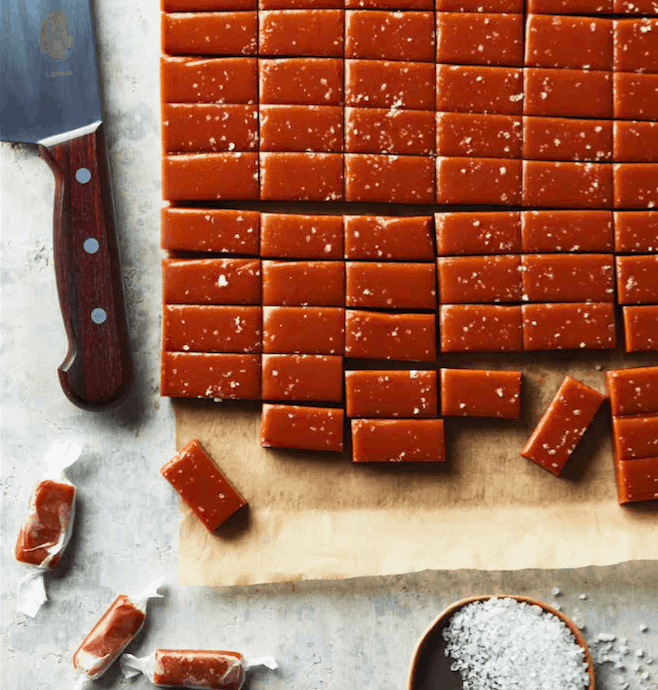A visit to the eastern hills of Friuli–Venezia Giulia rewards all the senses.
IT’S EASY TO FORGET THAT JUST A CENTURY-AND-A-HALF AGO, ITALY DIDN’T EXIST AS A COUNTRY. After the fall of the Roman Empire, the Italian Peninsula was occupied for 1,500 years by a sundry collection of kingdoms and maritime republics, papal and city-states, fiefdoms, and principalities. Language, culture, cuisine, and wine — all developed along distinct paths. Italy may have been officially unified in 1871, but fierce regionalism still simmers just beneath the surface, indeed often bubbling over. In Italy, they call it campanilismo — people rallying around their own campanile (bell tower) — a sense of pride for their village. Ask for Béarnaise in 100 French restaurants and you’ll get 100 identical sauces. Ask for a ragù in 100 Italian restaurants and you’ll get 100 distinct variations on meat sauce. This is what makes Italy such an enriching country to visit.
Cultural gems are found throughout the peninsula. One lesser-known region that offers travellers a densely packed example of Italian cultural pluralism is the northeastern region of Friuli–Venezia Giulia. Friuli derives from Forum Julii, a trading town founded by Julius Caesar (now Cividale del Friuli), while Venezia-Giulia (Julian Venetia) is a nod to the Roman province of Venetia et Histria.
Given the region’s strategic position along the east-west corridor south of the Alps and with access to the Adriatic, these lands were traded for centuries between the powers of the day, from Romans to Franks, Longobards, Slavs, Venetians, Austro-Hungarians, Italians. In fact, the borders of present-day Friuli Venezia Giulia weren’t clearly established until after the Second World War.
Historians and archeologists are drawn to the region by important settlements such as the Roman ruins at Aquileia, once called “the second Rome” and now a UNESCO World Heritage site. Cividale del Friuli is also part of UNESCO for its artifacts from the Longobard period, as is the remarkably preserved, nine-pointed star-shaped fortress-city of Palmanova, built-in 1593 by the Republic of Venice — an exemplary Renaissance city and specimen of military architecture.
Active travellers have much to choose from in this area blessed with natural beauty. Seven ski resorts provide winter fun, while hikers can walk for weeks over 750 kilometres of trekking paths. Cyclists can enjoy all or part of the famous Alpe Adria Radweg, a paved cycling path that starts in Salzburg, Austria, and ends 419 kilometres away, in Grado, on the Adriatic coast, after 4,750 metres of climbs and 5,180 metres of descents.
It’s less than two hours by car from high mountains to the seaside, where you choose sand or stones, deep or shallow waters, along 130 kilometres of coastline. Kite surfers head straight to Grado, a paradise for the sport.
The convergence of culinary influences in this borderland and the benign mountain-and-sea-influenced climate translates to a bounty of regional products, the most famous of which is perhaps the prosciutto from San Daniele del Friuli. The town’s position — 20 kilometres northwest of Udine, in the Julian pre-Alps — provides ideal conditions for aging ham, bathed in both warm Adriatic breezes and cool mountain air. The Slow Food presidium lists fully 20 products from FVG, including various honeys, cheeses, vegetables and breads, as well as the rather unusual fermented-turnip pesto Brovadâr, used to flavour various dishes.
You’ll be surprised to learn that some of Italy’s best olive oil comes from this region, including Bianchera from Istria (Istarska bjelica), prized for its high polyphenol content. It’s so powerful that in Asia it’s used medicinally.
Wine is, of course, an integral part of life, and Friuli can lay claim to being the country’s birthplace of modern white wine. Pioneer Mario Schiopetto first used temperature- controlled stainless steel tanks in the early 1970s in the hills of the Collio region, a crescent moon–shaped area south of Gorizia on the border with Slovenia.
Collio DOC still produces mostly white wines, among Italy’s finest, from a range of local varieties like Friulano, Ribolla Gialla and Malvasia of Istria, and internationals such as Pinot Grigio, Sauvignon Blanc and Chardonnay, first brought to Collio in the second half of the 19th century by French nobleman Theodor de la Tour, founder of Villa Russiz. According to legend, de la Tour smuggled in the French cuttings hidden in bouquets of flowers to give to his wife.
The secret to great Collio Bianco is, again, the location between mountains and sea, the oscillation between warm maritime breezes and cool mountain air, as well as the particular limey clay-sandstone called ponca in local dialect. Only hillside vineyards are included in the Collio DOC appellation, also important for quality. A winery’s top wine will be labelled simply Collio Bianco, either as a single-variety wine or, more commonly, a blend in the traditional style.
Gorizia is also notable as Italy’s birthplace of “orange” wines — that is, white wines produced like reds, with skins left to macerate in the must for weeks or even months, colouring it shades of orange. Josko Gravner led the orange revolution at the end of the 1990s after an inspiring trip to Georgia, where this style of winemaking has existed for close to 8,000 years. Many others soon followed on both sides of the Italy-Slovenia border.
Other top names to look out for in Collio include Humar, Livon, Tenuta Villanova, Borgo Conventi, Bracco 1881, Gradis’ciutta, Ronco Blanchis and Pighin.
Wine tasting finished, round out your visit with a walk in the footsteps of James Joyce in Trieste, where he lived for 15 years, and stop in for a proper espresso in one of the countless local coffee shops. Chances are, the beans will be from Illy — the famous company founded in Trieste by Hungarian Francesco Illy, who arrived via Vienna in 1933. It’s an ideal moment to reflect on the cultural diversity and gastronomic richness of this east-west crossroads, albeit one of Italy’s less-travelled.







